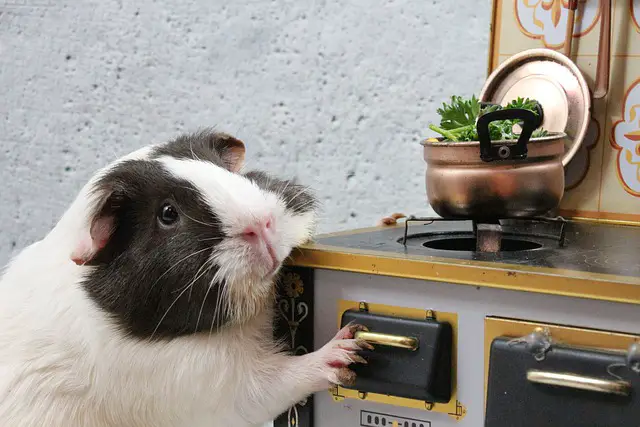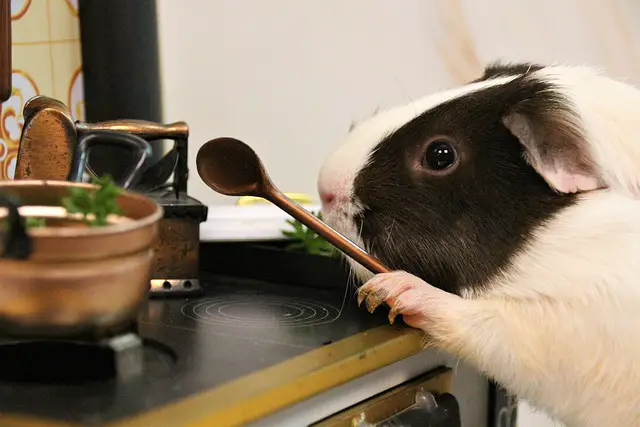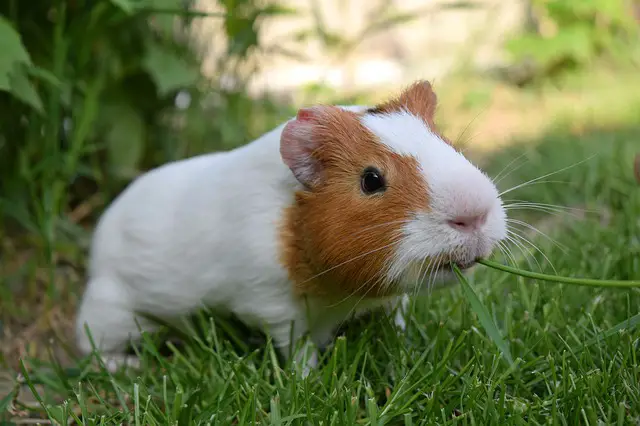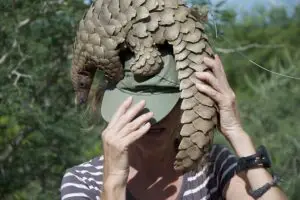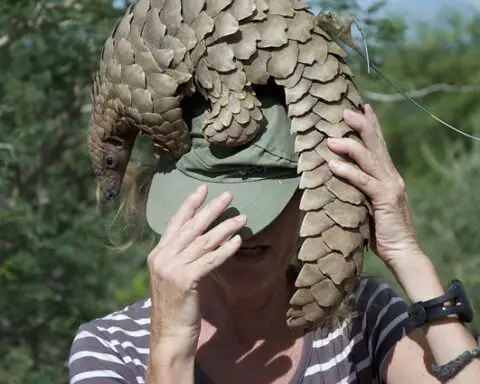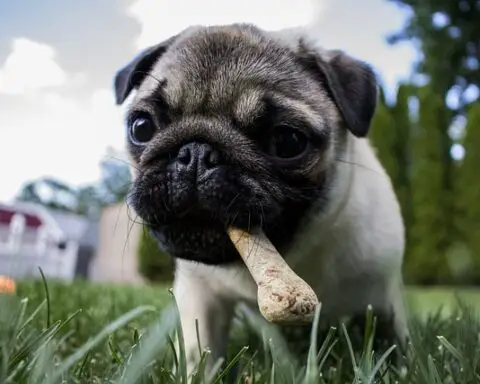Guinea pigs love fresh fruits and vegetables. A nutritional imbalance can lead obesity, chronic diarrhea, and disease of the heart, liver and kidneys. As sudden or significant changes in diet can cause problems, it is important to gradually introduce new foods into your guinea pig’s daily diet.
Give your guinea pet a consistent diet, at least twice per day in the morning and afternoon. Guinea pigs will overeat when given the opportunity. Therefore, it is important to remove pelleted foods that have not been used within an hour and to discard any fruits or vegetable that has been left undamaged for more than 24 hours. Never give guinea pigs new food.
Because guinea pigs are vulnerable to heat stroke, they need fresh, filtered, chlorinated water all the time. The recommended water intake for guinea pigs is at least 5 ounces per day. Rinse out the water bottles of your Guinea Pigs every day. Then, wash them weekly with hot water.
What should my Guinea Pigs eat?
Guinea Pigs are natural herbivores. In the wild, they would forage in small groups to graze on grass. They need to be fed the same food they have evolved to eat. Their teeth are always growing. They need lots of roughage to chew. This can wear down their teeth and help prevent serious dental issues. Their overall health and their gastrointestinal system will be greatly improved if they have enough fibre.
If you want your guineapigs to be happy, healthy, and content, here are some things you can do:
Keep your guineas safe by providing a steady supply grass and/or grasshay to them (such as Timothy Oaten Barley, Barley, or grassyhay). Clover hay (Lucerne) and Clover hay should be avoided as they are too high-protein and calcium. Feeding guineapigs hay should always be available. Hay should also be of high quality and dry. This is important in maintaining their dental and gastrointestinal health. To avoid the hay getting contaminated from your guinea porcs’ waste, and becoming damp, dirty, and mouldy on their enclosure floor, it should be placed in a container or basket.
Offering fresh leafy green veggies and herbs every day. This includes dark leafed salads such as rocket, snow peas, dandelion leaves, and herbs like marjoram. Other foods that can be fed to guinea pigs include carrot tops, broccoli, mint, silverbeet, silver beet, mint, and fruits like papaya, mango, and apples (but not with seeds).
Give your guinea pigs Vitamin C as a daily dietary supplement. Guinea pigs (just like humans) cannot synthesize Vitamin C by eating other foods. Vitamin C rich foods should be offered to your guinea pigs. These include leafy green vegetables and capsicums. Your guinea porks will enjoy tasty treats such as carrots or kiwifruit.
Avoid using chemicals to spray grass, herbs, fruits, or vegetables. These could potentially cause damage to your guineapigs. Never feed your guineas pigs lawnmower cuttings. These can lead to gastrointestinal blockages which can make your guineas pigs very sick.
The high-quality, commercially available ‘Guinea Pig’ pellets may be sold in small quantities. However, these should not be the primary part of the daily diet. These foods may contain adequate levels of Vitamin C if they are fresh but only if they are very fresh. The food will lose Vitamin C in just a few weeks.
To ensure your guinea-pig doesn’t become ill, uneaten food should always be removed from its enclosure within a few days.
It is important to gradually introduce new foods to your Guinea Pigs so that their digestive system can adjust and they don’t get sick. Mixing any new food in to an existing diet slowly, increasing it gradually over two weeks.
It is crucial to understand what to not feed guinea. Many items can be harmful to their health, even though they seem harmless. Avoid feeding your guinea pigs cereals, grains, nuts, seeds, dried beans, corn, and other legumes.
Changes to the diet for your guinea pet should be done slowly over a few weeks.
You should always have fresh, clean water. It is important to have several water dispensers. The enclosures should also include a waterbottle and a small bowl.
Even though you love your Guinea Pig as much family, it doesn’t mean that you should feed her from the same table as your family. You can feed your guinea pork some human food but it should not be the only thing you do.
 What Do Guinea Pigs Eat
What Do Guinea Pigs Eat
Guinea pigs are an herbivore at their base.1 This means that they only eat fruits, vegetables and no dairy, eggs, meat or insects. Your guinea pig will eat fresh hay and green leafy vegetables for the bulk of their diet.
Two things are essential for guinea pig owners to consider when choosing food.
Vitamin C: Guinea pigs don’t have the ability to create their Vitamin C2 and are therefore susceptible to scurvy. Vitamin C should also be added to Guinea Pig Pellets in order for your pet to stay healthy.
Guinea pig teeth always grow: Guinea-pig teeth are continually growing. It is vital to provide your guinea pig with something fibrous for them to chew. Hay is essential in this area. Hard pellets will not suffice!
But, don’t rush to change your guinea’s diet. If necessary, you can slow down the process of transitioning your Guinea Pig from her original diet at home to a healthier alternative.
You may also find your guinea porcine eating her own stool, but it’s okay! Guinea pigs can actually produce two types feces. The first is soft and nutritious. Guinea pigs reintroduce this to get more nutrients. The same is true for rabbits.
This type of poop is made after the food has had two meals. This is the kind of poop you need to clean up after cleaning your guinea pigs’ cage.
When should I feed my Guinea Pigs
Guinea pigs are basically grazers just as most herbivores. They eat hay all day. Fresh hay should be available at all times.
It is best to dispose of your guinea pork’s food and water daily, clean the bowls, then refill them with fresh food.
Store-Bought Foods for Guinea Pigs
Many owners choose to feed their pet guineas pigs pellets and hay from the local grocery store. It is important to only purchase pellets that have been specifically designed for guinea porks.
For hay, a mix between timothy, orchard and oatmeal is recommended. Alfalfa can be used in hay, but it is too high in calcium to make it the primary part of your pet’s diet. To avoid mildew or mold growth, guinea pig hay should be kept in cool, dry places.
High-quality pellets can be supplemented to the hay of your guinea pig. Use plain pellets, not mixed. This will prevent your guinea pork from eating the unhealthy bits while enjoying the delicious ones.
Fresh Foods for Guinea Pigs
Fresh fruits, vegetables, and other fresh foods are great for your guinea-pig. Treat your guinea pig with vegetables and fruits. These are great treats to give your guinea pig as a treat or extra-special offering.
The following are good fresh foods to feed your Guinea Pigs:
Bananas
Blueberries
Cantaloupe
Green peppers
Parsley
Red and green leaf lettuce
Strawberries
Tomatoes
Watermelon
Give your guinea pig a variety of vegetables instead of fruits.
While she might be fond of fruits, they’re almost like candy for the guineas pigs. Always make sure to remove any leftovers from fresh food after eating to avoid mold and rot.
Guinea pigs do not like to eat certain foods
There are many reasons why you shouldn’t give your guinea pig certain foods. Some foods can be fatal, others are high in fat and sugar, others are a choking risk, others have no nutritional value, can cause gas or cause bloat. You can consult books or websites about guinea pig care, but for more information and nutritional guidelines, you should consult a specialist in small animals or an exotic animal veterinarian.
Below is a brief list of foods that should be avoided when feeding your guinea Pig.
You can have chocolate or any other substance containing caffeine.
Onions
Garlic
Mushrooms
Iceberg lettuce
Avocados
Nuts
Potatoes
Seeds
Corn kernels
Peanut butter
Rhubarb
Cabbage
Bok choy
Dairy products
Bread
Meat
Don’t give your guinea pig any flowers, plants, or grass from the garden. These may pose a danger to your pet.

